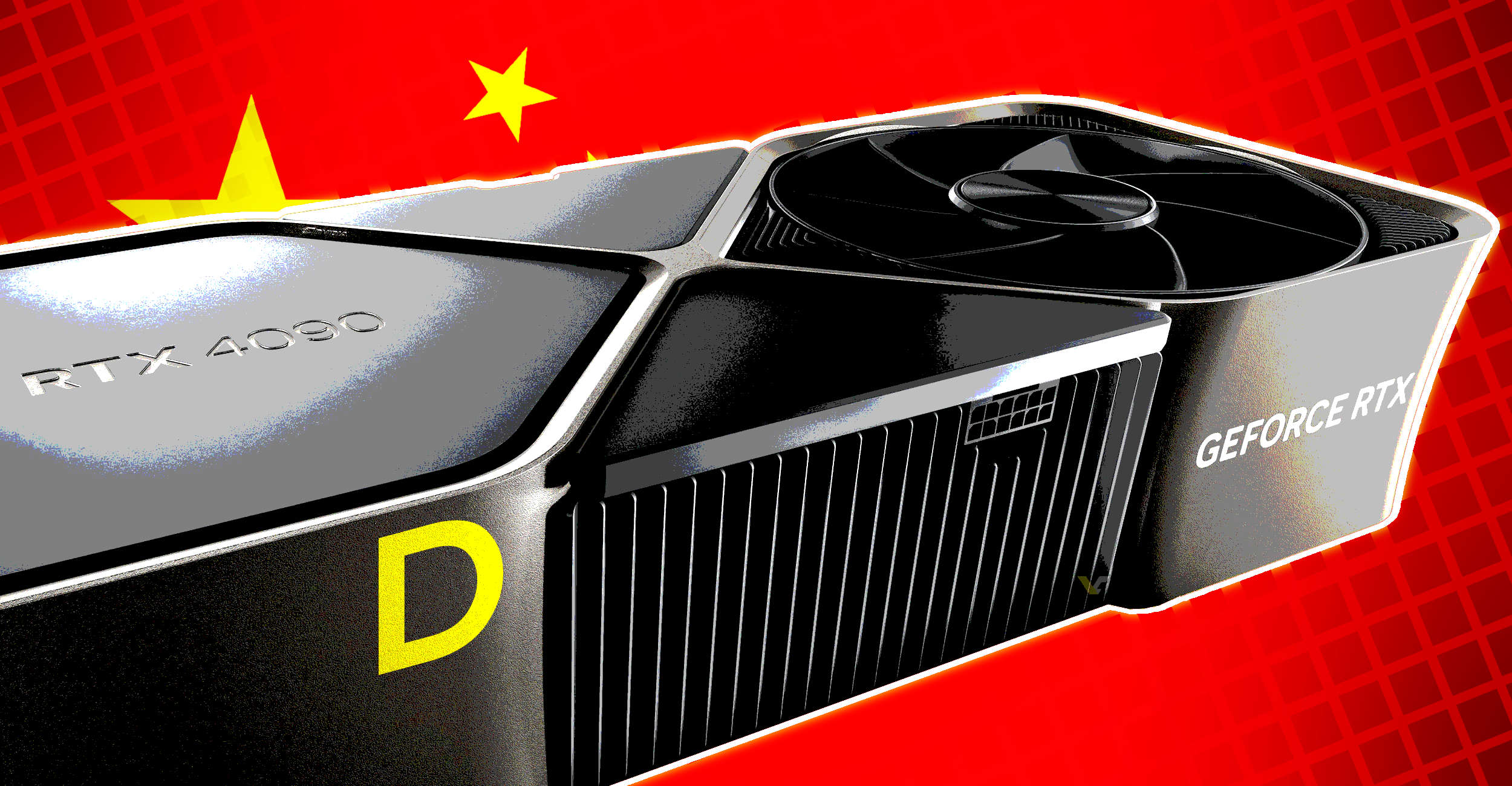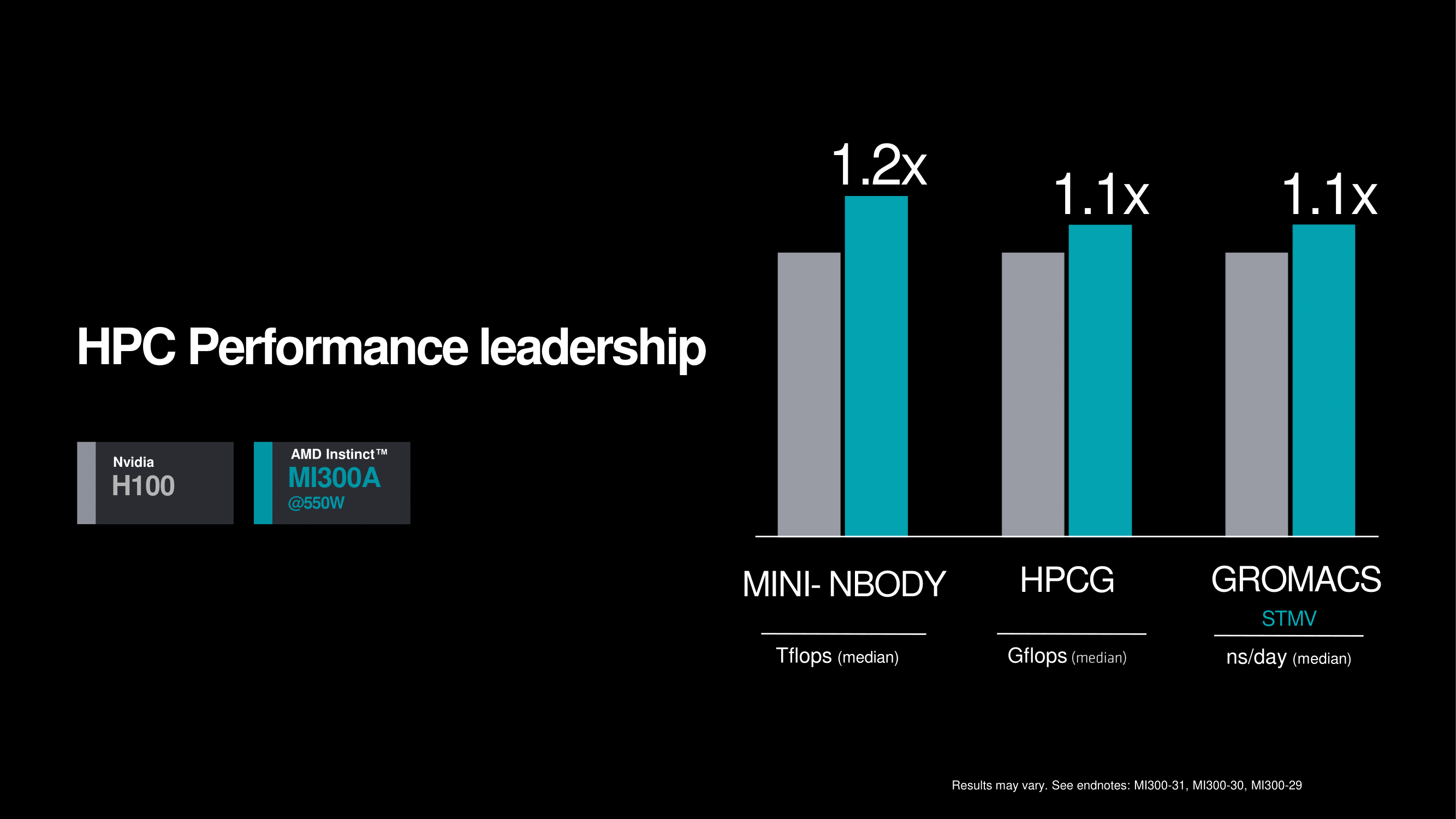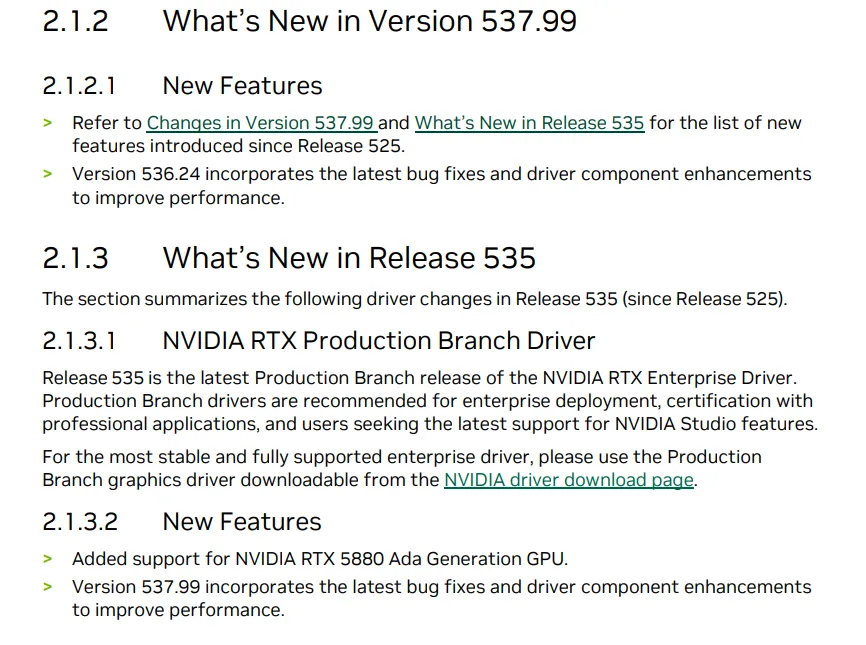I don't know where Nvidia's headspace is, but in general corporations *do* understand that consumers are more sentimental than businesses. This is especially true with today's influencer culture that (for better or worse) enjoys serious sway over consumer sentiment. Therefore, even though math may dictate the optimal (price*volume) point to be at a higher price point in the short term, this may end up being sub-optimal in the long term if it drives consumers away from the brand due to negative sentiment.NVidia on their part are happy to ship less consumer GPUs as demand cools due to high pricing since they are getting higher margins. Revenue and profits are up while GPU shipments are down. That's fine for them as a company. It only hurts them if a competitor can come in to take advantage of the the fact that NV are willing to sell less GPUs to less customers are a higher price.
Yes, this too. It's similar to the consumer-sentiment problem in the sense that maximizing short-term profits may come at the risk of longer-term profits.I guess the other potential problem with going with lower shipment/higher pricing (margin) strategy is that you reduce the amount of GPUs in the PC gaming space with new tech which reduces the incentive for developers to try to fully take advantage of those newer features while also pushing them towards console first programming WRT to features and tech.
It's certainly possible, but NV doesn't appear to be a short-sighted company. A rational thesis would be that they are aware of the risk and are balancing it.But that's a longer term problem that NV might be willing to push into the future as long as they can continue to maintain high margins and enough people are willing to pay those high prices.
All that said, there's a difference between maintaining vs. lowering vs. increasing margins. Based on what I know about the state of the foundry industry I believe they are simply choosing to maintain overall margins on the consumer GPU side, and the cost increases are being transferred to the consumer instead of being absorbed. One may still ask whether it's prudent of them to do so, and whether it would have been better for them to eat some of the costs to keep the market more vibrant (the same short-term vs. long-term argument).





